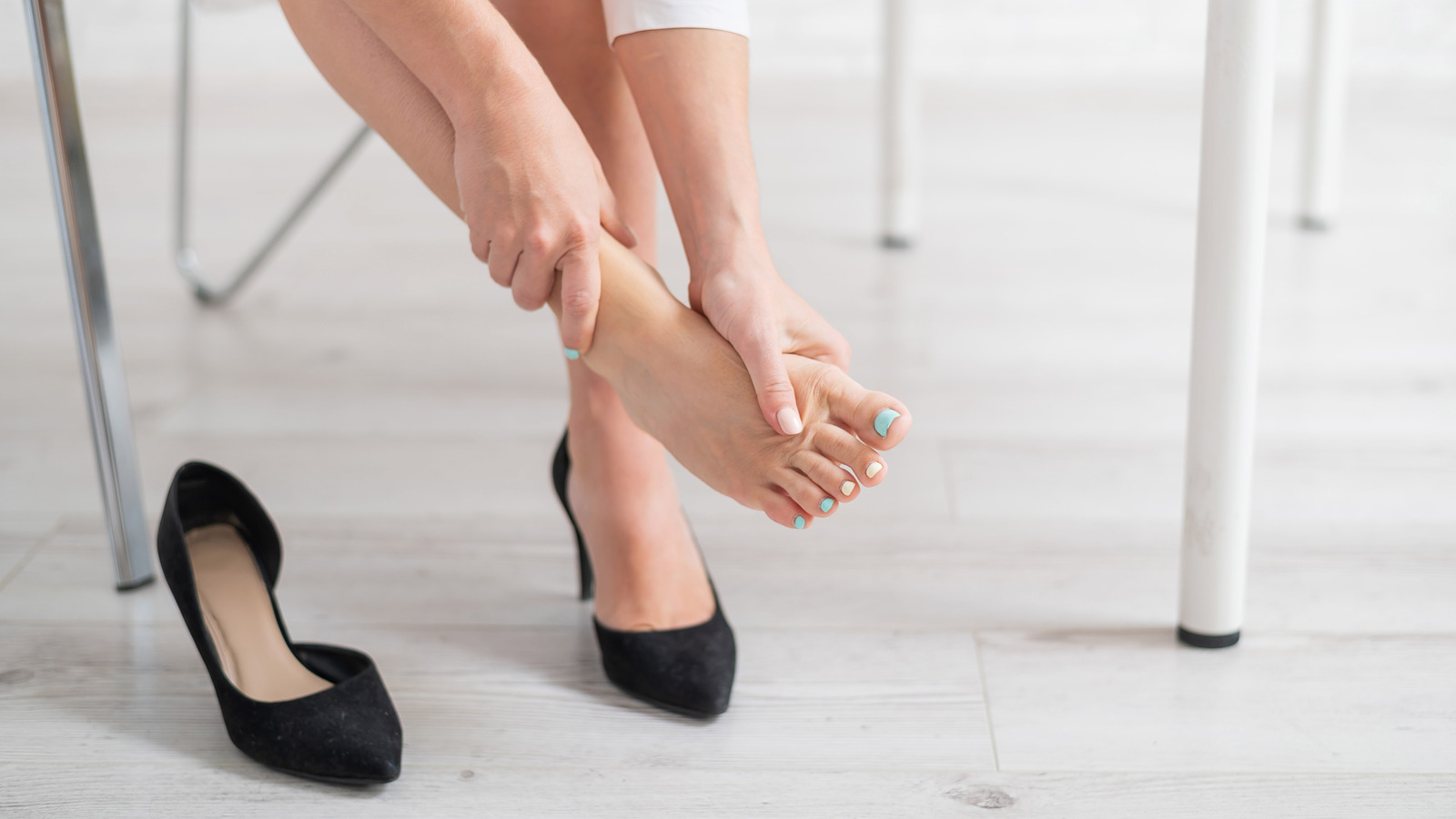
What should you do if a friction blister appears? You can reduce your exposure to the elements by covering the area with a bandage. American Academy of Dermatology Association. You can also tuck the sides of your bandage in so that there is a little space between the blister and the bandage. You should first apply padding to the blister if it is located in a pressure zone.
Refrain from popping the blister. Infection can result from this. If the blister is large enough to require draining, you can use a small, sterilized needle with rubbing alcohol and insert it along one edge. Once the blister has drained, do not remove the skin flap. Instead, clean the area with soap and warm water. Then cover it with petroleum jelly. If the blister gets infected, consult your doctor immediately.
The AAD also lists preventative steps one can take to decrease the chance of friction blisters. Protect the areas most susceptible to blisters by keeping them covered and dry. You can either invest in two pairs of socks or a pair of nylon socks for your feet. Avoid cotton socks, as they trap moisture and increase friction. To treat sensitive areas, you can apply powder, petroleum jelly or bandages ahead of time. Friction blisters usually heal within 7 to 14 days.


